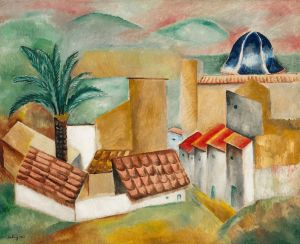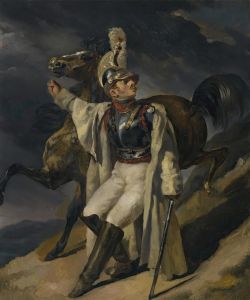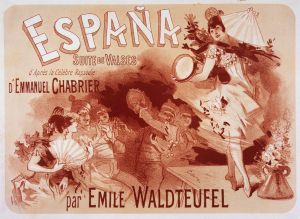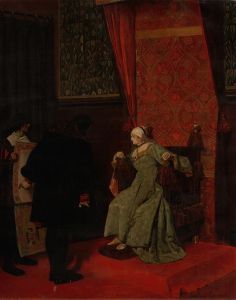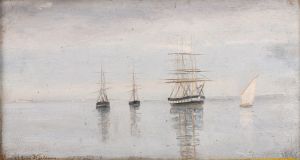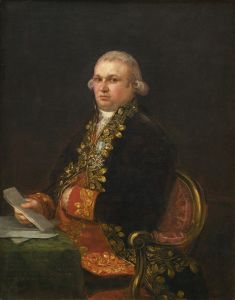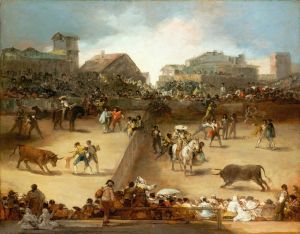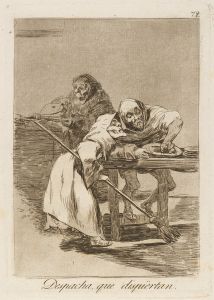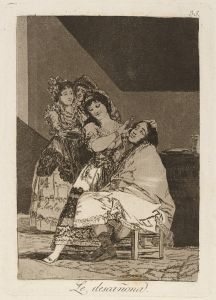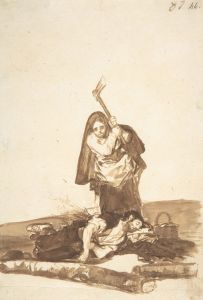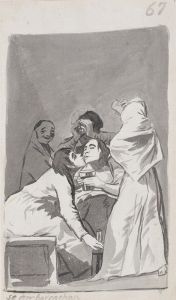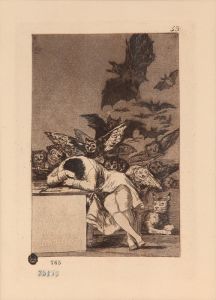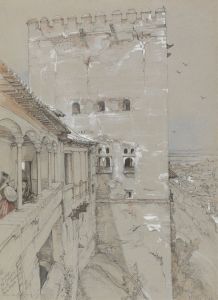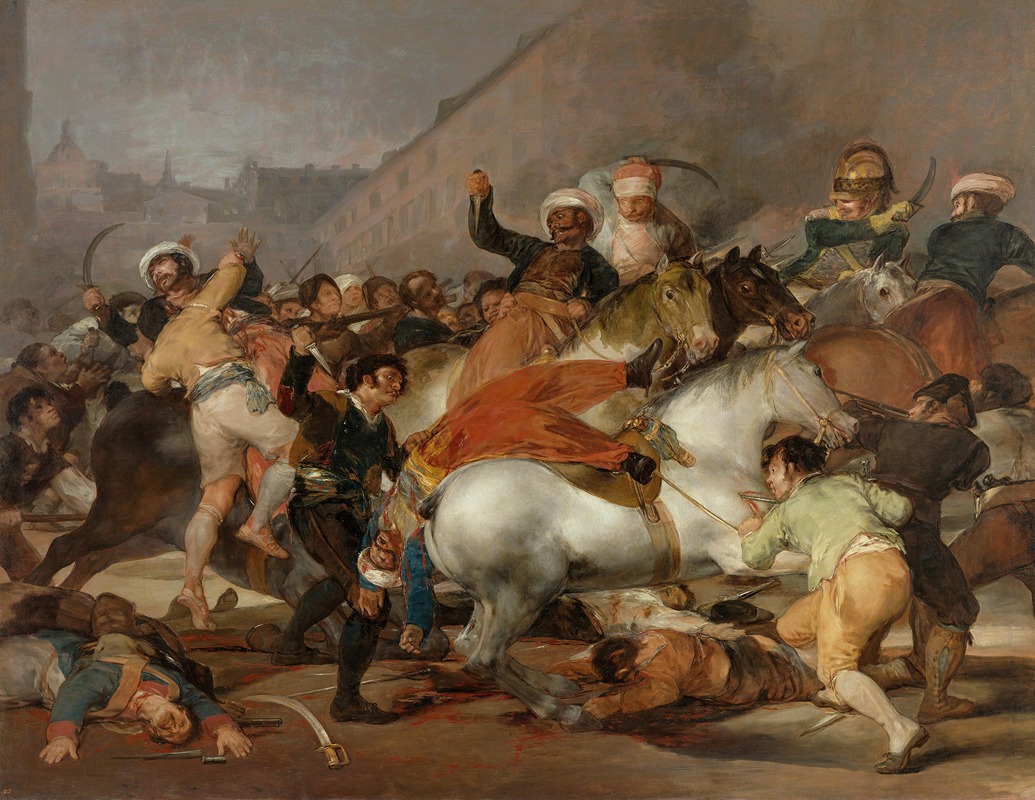
The Charge of the Mamelukes
A hand-painted replica of Francisco de Goya’s masterpiece The Charge of the Mamelukes, meticulously crafted by professional artists to capture the true essence of the original. Each piece is created with museum-quality canvas and rare mineral pigments, carefully painted by experienced artists with delicate brushstrokes and rich, layered colors to perfectly recreate the texture of the original artwork. Unlike machine-printed reproductions, this hand-painted version brings the painting to life, infused with the artist’s emotions and skill in every stroke. Whether for personal collection or home decoration, it instantly elevates the artistic atmosphere of any space.
Francisco de Goya's The Charge of the Mamelukes (Spanish: La carga de los mamelucos) is a significant historical painting created in 1814. It depicts a violent and chaotic scene from May 2, 1808, during the Peninsular War, when the people of Madrid rose up against the French occupation forces. The painting specifically portrays the brutal confrontation between Spanish civilians and the Mamelukes, who were cavalry soldiers of Middle Eastern and North African origin serving in Napoleon's army.
The artwork is part of a pair of large-scale paintings commissioned by the Spanish government after the expulsion of the French forces. Its companion piece, The Third of May 1808, depicts the aftermath of the uprising, focusing on the execution of Spanish rebels by French troops. Together, these works commemorate the heroism and suffering of the Spanish people during the early stages of the war for independence.
In The Charge of the Mamelukes, Goya captures the chaos and violence of the street battle with dramatic intensity. The composition is filled with dynamic movement, as figures clash in a melee of swords, horses, and bodies. The painting is notable for its lack of a clear focal point, emphasizing the disorder and confusion of the event. Goya's use of dark tones and stark contrasts heightens the sense of brutality and urgency.
The painting was executed in oil on canvas and measures approximately 266 cm × 345 cm (8.7 ft × 11.3 ft). It is housed in the Museo del Prado in Madrid, Spain, where it remains an important example of Goya's work and a key representation of the Spanish people's resistance against foreign domination.
Goya's approach to the subject matter is both realistic and emotionally charged, reflecting his firsthand experience of the horrors of war. While the painting is rooted in a specific historical event, its themes of violence, resistance, and human suffering resonate universally.





